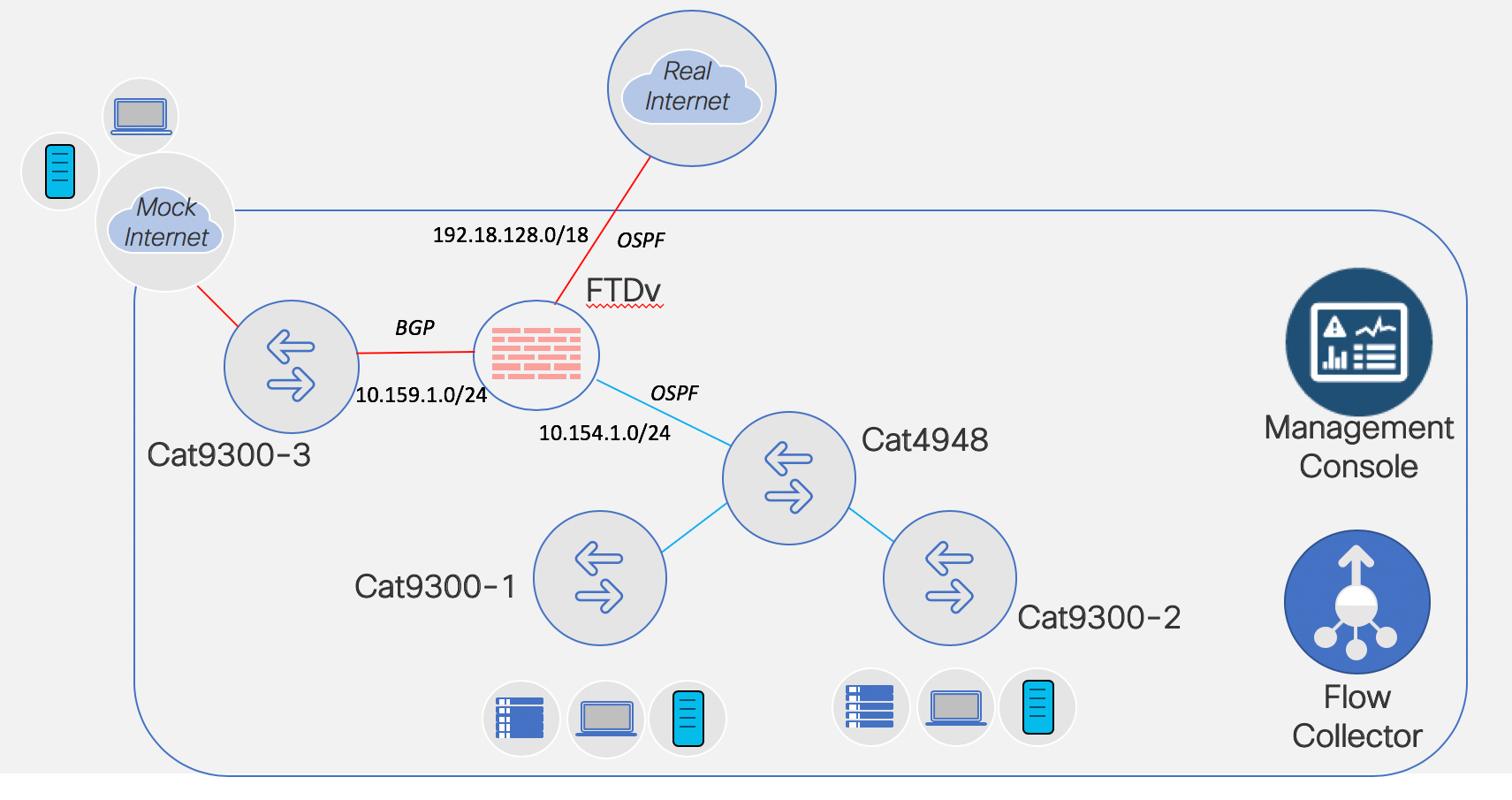Cumulus content roundup: October
.We’re back with the Cumulus content roundup- October edition. We’ve kept busy this month with a new white boarding video series, podcasts, resources and more. Covering everything from Open Source to digital transformation, we’ve rounded it all up right here, so settle in and stay a while!
From Cumulus Networks:
Preparing your network for digital transformation: Learn about the primary challenges with digital transformation and how web-scale networking principles make digital transformation possible and profitable. Is your network ready for the future?
Web-scale networking for cloud service providers: Find out why cloud service providers need to have agile, highly scalable and cost effective infrastructure in order to stand out to their customers.
Our dedicated approach to open source networking: Read our philosophy and how we’ve contributed to and participated in the open source community.
Web-scale Whiteboarding: Openstack Overview: Watch our brand new series of whiteboarding videos with our very own Pete Lumbis
Kernel of Truth: Episode 9: Tune into this podcast episode as we dive into Layer 3 networking and why we believe it’s the future of network design.
News from the web:
Gartner Peer Insights: See the full list of companies recognized for Best Data Networking of 2018, including Cumulus Networks!







 Teridion says its technology optimizes the middle mile of connectivity between public cloud providers and ISPs, but where enterprises have no control. And Citrix brings SD-WAN to the first and last mile of enterprises.
Teridion says its technology optimizes the middle mile of connectivity between public cloud providers and ISPs, but where enterprises have no control. And Citrix brings SD-WAN to the first and last mile of enterprises. This new Research Brief from AvidThink delves into the evolution of the mobile network and explores new threats.
This new Research Brief from AvidThink delves into the evolution of the mobile network and explores new threats.